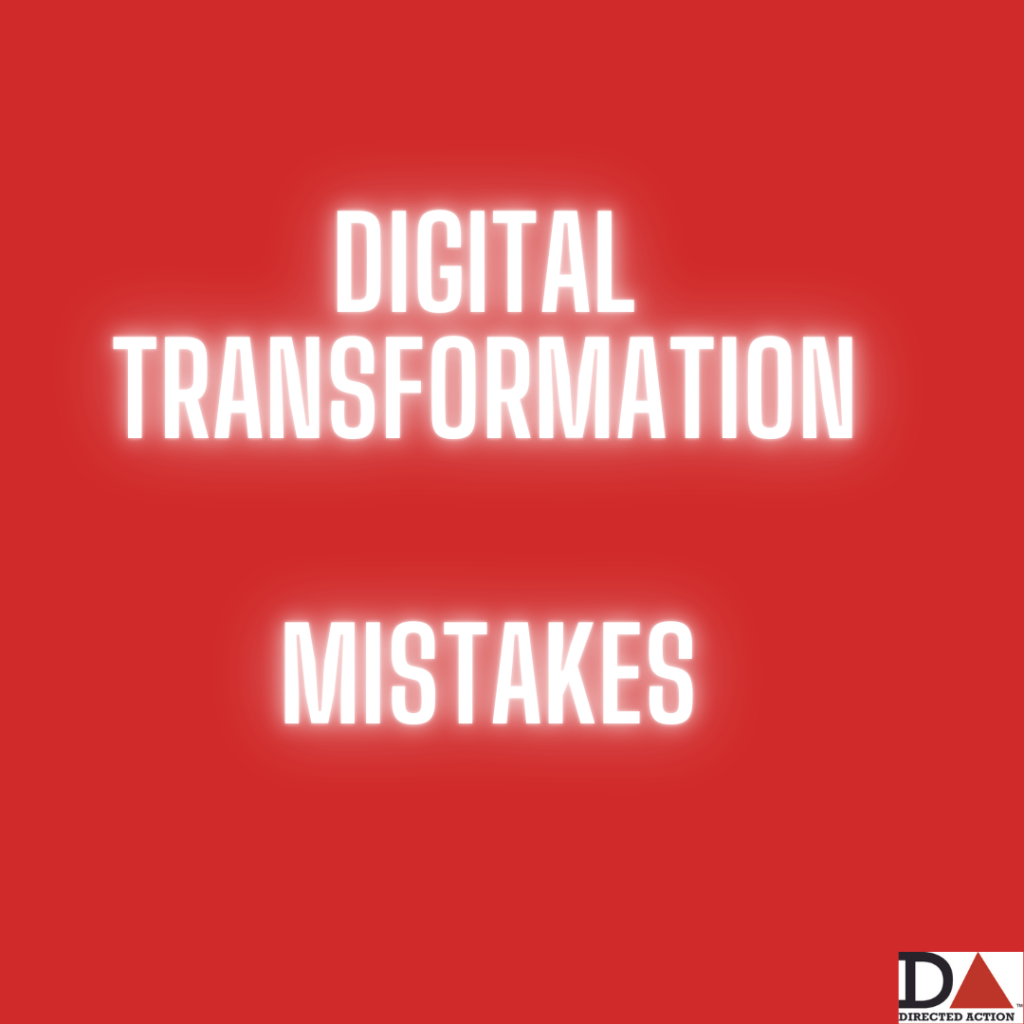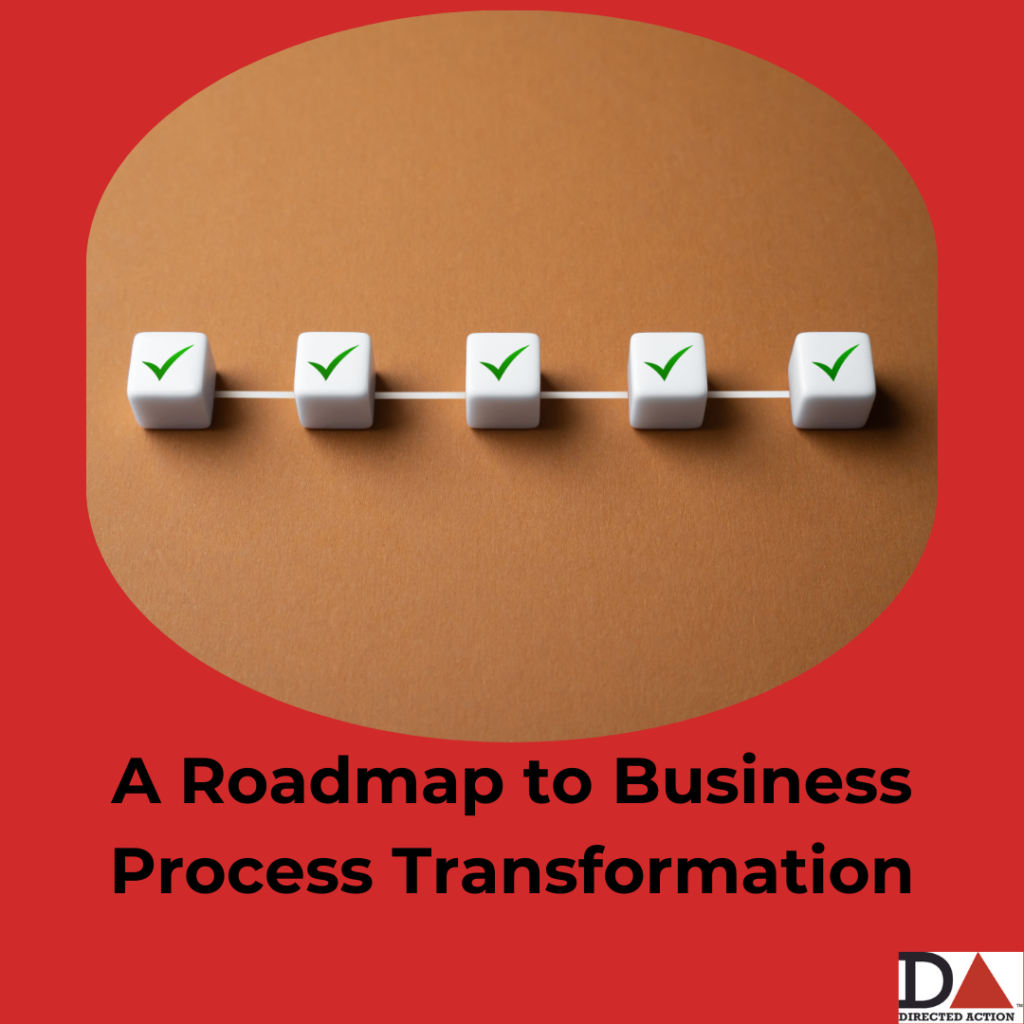As a parent of five children, I’ve spent many summer afternoons at graduations and ceremonies to mark milestones. They are joyous and sometimes anxious events. They give way to reflection and speeches about lessons learned and facing the future.
It occurred to me recently that a graduate is often facing some similar challenges to the corporate executives I work with and while they may view those challenges with a different lens, there’s a lot one can learn from the other.
In the dynamic landscape of today’s industries, change is not just inevitable—it’s constant. How do individuals at different stages of their careers perceive and navigate transformation?
The College Graduate’s Lens: A Canvas of Opportunity
For a college graduate, the horizon is painted with vibrant hues of opportunity and possibility. Armed with fresh perspectives, enthusiasm, and a hunger for learning, they step into a world where every challenge is an invitation to grow. The winds of change are exhilarating rather than daunting, offering a canvas to paint their career trajectory.
Embracing change comes naturally to these newcomers, as they are unburdened by the weight of legacy systems or entrenched paradigms. They see disruption as a catalyst for innovation, a chance to carve out niches in emerging fields, and a platform to make their mark on the industry canvas.
The Corporate Executive’s Prism: Navigating Seas of Transformation
In contrast, a seasoned corporate executive views transformation through a prism of experience, strategy, and resilience. Having weathered past storms of change, they bring a depth of knowledge and a strategic mindset to the table. Large-scale industry transformations are not novelties but strategic imperatives that demand astute navigation.
For these executives, change is both a challenge and an opportunity. It requires them to recalibrate strategies, realign resources, and steer organizations through uncharted waters. Their outlook is tempered with pragmatism, informed decision-making, and a focus on long-term sustainability amidst turbulent seas.
Convergence Points: Learning, Adaptability, and Vision
Despite their differing vantage points, both the college graduate and the corporate executive converge on key principles essential for thriving in transformative landscapes.
Continuous Learning
Both groups recognize the value of continuous learning and upskilling. Whether absorbing cutting-edge theories or mastering new technologies, the pursuit of knowledge is a constant to develop these skills:
-
- Developing Strategic Insights: Continuous learning equips leaders with strategic insights into competitive landscapes, emerging opportunities, and potential threats. This knowledge enables them to develop proactive strategies that capitalize on market shifts and position their organizations for success.
- Fostering a Learning Culture: Leaders play a pivotal role in shaping organizational culture. By prioritizing and role-modeling continuous learning, they create a culture where employees are encouraged to acquire new skills, embrace change, and contribute to organizational resilience and adaptability.
- Enhancing Problem-Solving Skills: Large-scale transformations often present complex challenges and uncertainties. Continuous learning hones leaders’ critical thinking, problem-solving, and decision-making skills, enabling them to navigate complexities effectively and drive sustainable outcomes.
- Promoting Innovation: Learning fosters creativity and innovation. Leaders who actively seek new knowledge, explore diverse perspectives, and encourage experimentation empower their teams to think outside the box, generate novel ideas, and drive innovation that fuels organizational growth and competitiveness.
Adaptability
Agility and adaptability are not just buzzwords but survival skills. Adapting to market shifts, consumer behaviors, and technological advancements is vital for relevance and resilience.Both new and seasoned workers need to:
-
-
- Understanding Evolving Trends: Industries undergoing transformation often witness rapid changes in technologies, market dynamics, and consumer preferences. Leaders need to stay abreast of these trends to make informed decisions and steer their organizations in the right direction.
- Adapting to New Technologies: Large-scale transformations often involve the adoption of new technologies and digital tools. Leaders must understand these technologies, their implications on business operations, and how to leverage them effectively to drive innovation and efficiency.
- Empowering Change Management: Effective change management is crucial during large-scale transformations. Leaders who demonstrate adaptability are better equipped to communicate change, address resistance, and inspire confidence among stakeholders, fostering a smoother transition and greater organizational buy-in.
-
Visionary Leadership
Whether shaping the trajectory of a budding career or steering a corporate ship, visionary leadership that anticipates trends, embraces innovation, and fosters a culture of agility is paramount.
-
-
-
- Communicating a Compelling Vision: Visionary leaders paint a compelling picture of the future and inspire others to rally behind their vision. They communicate with clarity, passion, and authenticity, instilling a sense of purpose and direction within their teams. By aligning individuals’ efforts with overarching goals and values, visionary leaders foster a shared sense of ownership and commitment to achieving collective success.
- Empowering and Developing Talent: Visionary leaders recognize the importance of nurturing talent and building high-performing teams. They empower employees by providing opportunities for growth, recognizing achievements, and fostering a culture of trust and collaboration. By investing in talent development, mentoring emerging leaders, and cultivating diverse perspectives, visionary leaders build resilient organizations capable of tackling complex challenges and driving innovation.
- Embodying Resilience and Adaptability: Lastly, visionary leaders embody resilience and adaptability in the face of adversity. They remain calm under pressure, learn from setbacks, and pivot strategies as needed. By demonstrating resilience, agility, and a growth mindset, leaders inspire confidence, instill resilience within their teams, and navigate uncertainties with confidence and determination.
-
-
While I work with executives every day on their complex transformations, I hope that this will serve as a guide for the graduate or newer employee, as well. They bring a lot of value to a workforce that is constantly evolving. A visionary leader will see that value right away.
Reverse Mentorship
One way to leverage that value is knowledge sharing between newer and more experienced employees. Reverse mentorship—where younger employees mentor their more experienced colleagues—has emerged as a powerful tool to bridge generational gaps and foster a culture of continuous learning. Here’s why reverse mentorship should be a cornerstone of your organizational strategy:
- Fresh Perspectives: Younger employees bring new ideas and fresh perspectives on technology, trends, and modern workplace practices. This can inspire innovation and help senior leaders stay current.
- Digital Savvy: With the rapid advancement of technology, reverse mentorship can equip senior employees with the latest digital skills, from social media strategies to new software tools, enhancing overall productivity.
- Inclusive Culture: Promoting reverse mentorship demonstrates a commitment to an inclusive culture where every voice is valued. It breaks down hierarchical barriers and encourages open communication.
- Career Development: For younger employees, mentoring senior colleagues can build confidence, leadership skills, and a deeper understanding of the organization, paving the way for future leadership roles.
- Employee Engagement: Engaging in reverse mentorship fosters stronger relationships across different levels of the organization. This connectivity boosts morale and creates a more cohesive, motivated workforce.
- Knowledge Transfer: It’s not just about tech; younger mentors can share insights on emerging market trends, customer preferences, and modern work-life balance approaches, ensuring the company remains agile and adaptable.
To successfully implement reverse mentorship, consider the following steps:
- Identify Pairings Thoughtfully: Match mentors and mentees based on complementary skills and mutual interests.
- Set Clear Goals: Define the objectives and expectations for the mentorship relationship to ensure productive and meaningful interactions.
- Provide Support: Offer training and resources to help mentors and mentees maximize their experience and overcome any initial discomfort.
Let’s champion reverse mentorship as a strategic advantage, leveraging the unique strengths of every generation within our workforce. Together, we can create a dynamic, innovative, and forward-thinking organization.



